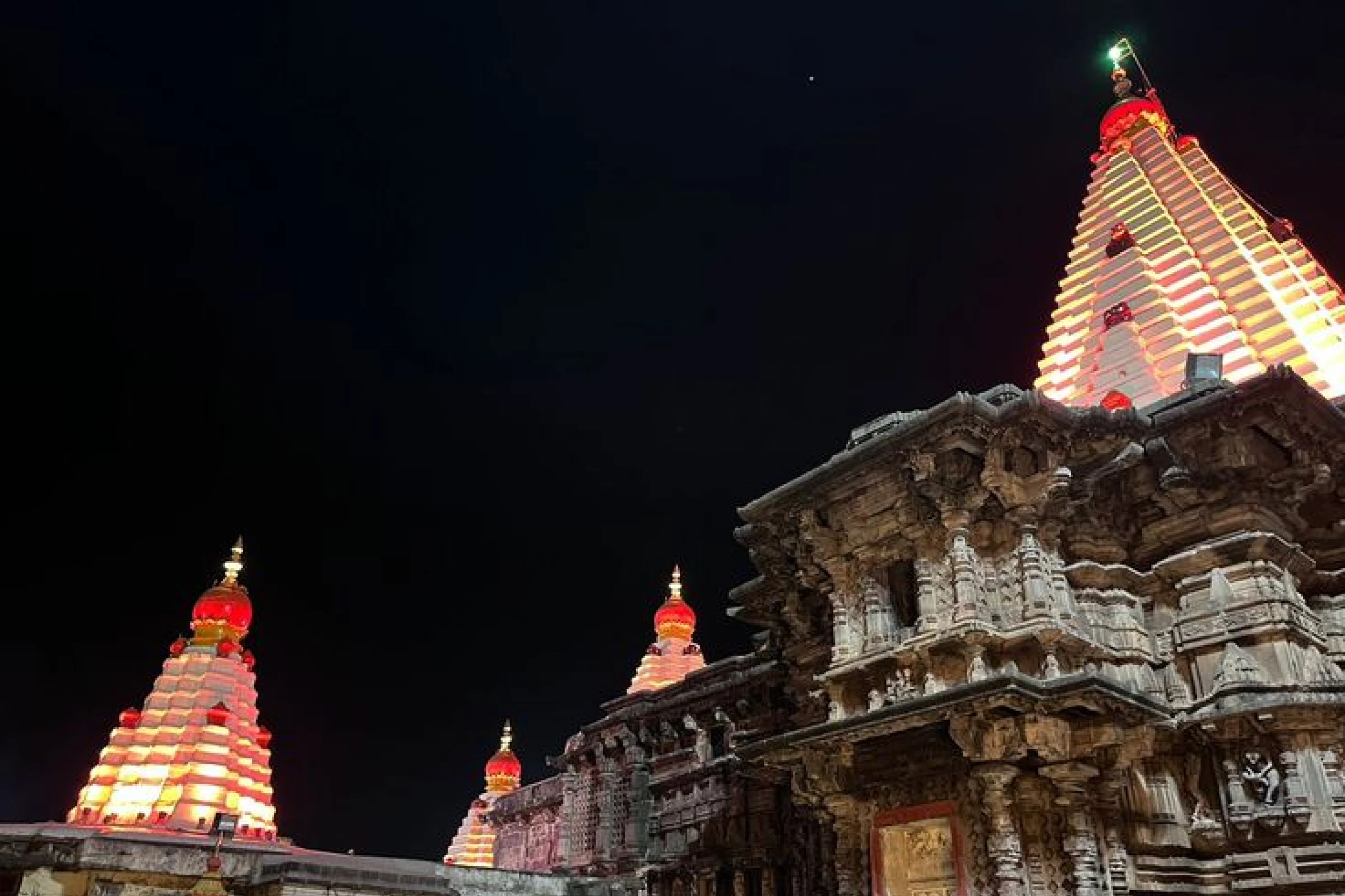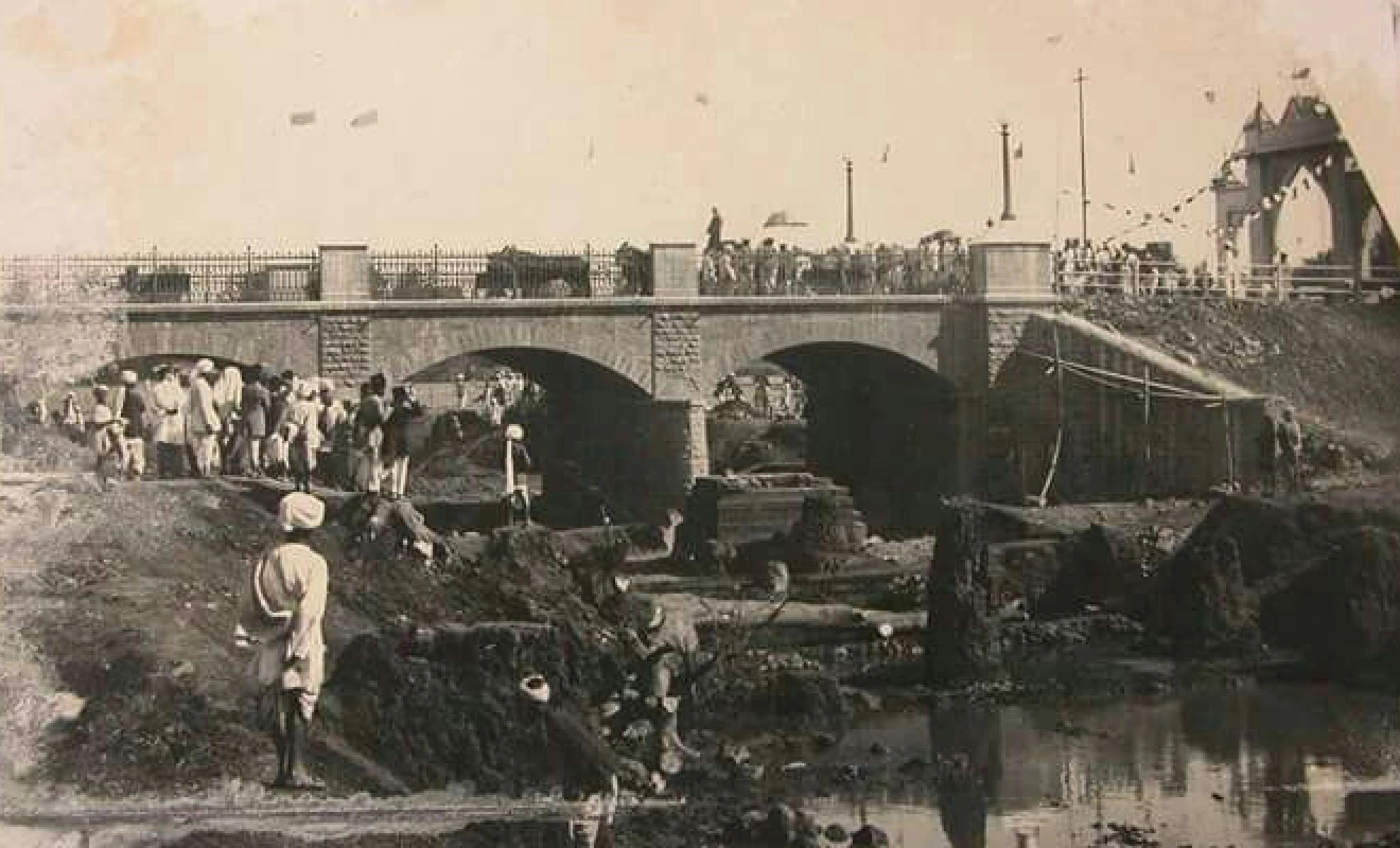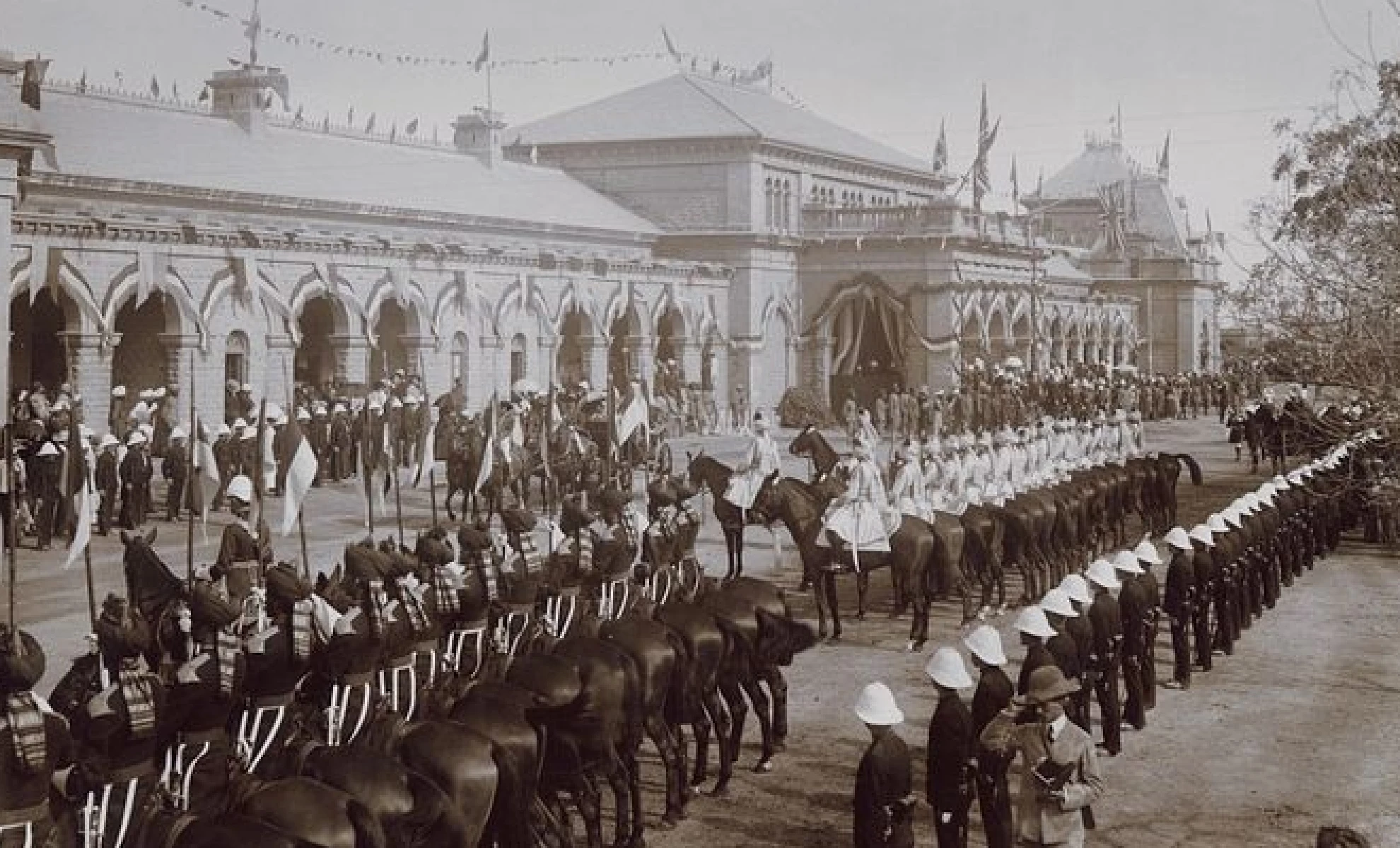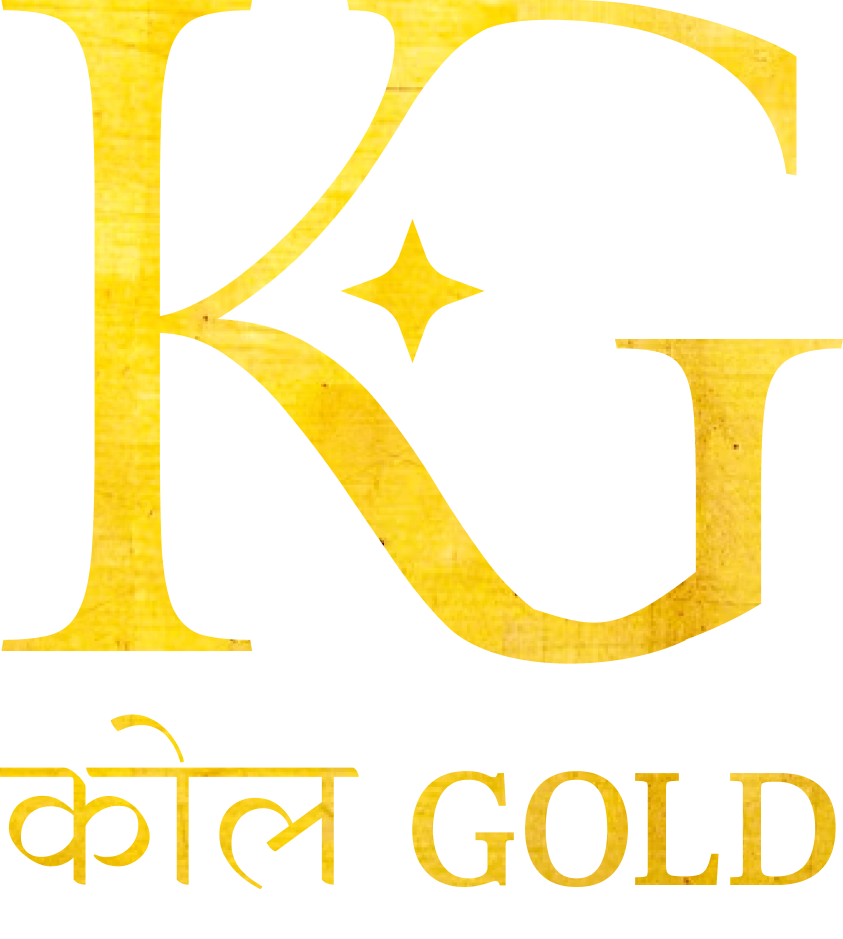Kolhapur History
Kolhapur History

Kolhapur is one of the oldest states of Maharashtra largely known for its exceptional culture, tradition, and heritage. Kolhapur is a beautiful dome-shaped city located on the banks of the river Panchganga. The historical references tell us that it was built even before the 7th century and thus being such an old city, there comes a rich civilization legacy with it. Kolhapur has strong spiritual history relevant to not only the Hindu religion but also Jain, Buddhist religion. Even famous Hindu scriptures like “Devi Bhagavad Gita” and “Devi Gita” have references to Kolhapur in its literature and also the 22nd Jain Tirthankara for lord Neminath in the state of Kolhapur roots for the city’s strong identification to Jain religion as well. Due to these religious references, Kolhapur is also known as Kashi of Dakshin as well. Whenever we talk about the history of the City, the first name that comes to our mind is Chhatrapati Shahu Maharaj the great leader king of Kolhapur whose remarkable work for Kolhapur during Britisher’s reign is relevant even today; be it giving the country a model of reservation, giving education to locals or legalizing the inter-caste marriages or domestic violence issues. It was him, who put Kolhapur on a track of growth even before independence and but Kolhapur’s history even before he also is extremely interesting and worth knowing.
What’s In The Name?
There is a very interesting story behind the name of Kolhapur. It is believed that in ancient times, there was a demon called “Kulhasar” and he had really tortured the people in the city and thus made the lives of people miserable. When his sins were on the peak the goddess herself came on the earth to kill him and while killing the demon, the goddess asked his last wish on which Kulhasar requested the goddess that his last wish was that the city should be named after his own name. The goddess killed the demon and granted him the last wish. This is how the city got its name as; the Pur(city) of Kulhasar i.e. “Kulhapur” which is now popularly known as Kolhapur. While this is a story that is most popular, some historical references also suggest that it was called Kalapuri also in the past; may be due to the strong handicrafts culture of the city.
The History Of Kolhapur

The History Of Kolhapur (Pre Maratha Era)
Historically the city was ruled by 6 different dynasties. Morya dynasty, Andhra dynasty, Chalukya dynasty, Bahmani dynasty, Mohammedan dynasty, and finally the Maratha dynasty. During the Morya and Andhra periods, there are no significant illustrations of the city in historical texts but during the Chalukya ruling period, the city saw major cultural growth. The famous “Mahalaxmi temple” of Kolhapur was built by Chalukyas in the 7th century and is still the most visited temple of the city and people across the country visit the temple on a regular basis. After Chalukyas, the Shilahara dynasty made Kolhapur, the center of power for their period of reign and this was the period when the famous king of this dynasty Gonka was bitten by a snake and then was healed by a Jain monk. Post this the king Gonka built the twenty-second Jain Tirthankar here for lord Neminath which still is a religious landmark for many Jain religion followers. Also, many other temples like the Kopeshwar temple for lord shiva were also built during this era. The famous Rankala water tank was repaired by the Shilahara kings. Post this for a small period when Mughals were expanding their reign in the southern parts of the country, the bohemian and Mohammedan dynasties ruled the city but soon it was taken over by the Maratha clan like the other parts of Maharashtra.
The History Of Kolhapur (Maratha Era)
The city was ruled by the “Maratha” dynasty until 1947 i.e. before all princely states merged into one democratic India. Kolhapur due to its strategic location was always a center point for trade and commerce even in his times. After the legend Chhatrapati Shivaji, the founder of the Maratha clan, and his son Shambha Ji were killed by Mougals, Tarabai the daughter-in-law of Chhatrapati Shivaji took over the Maratha clan.
Tarabai was a lady of might and grace and she was the one who established the Kolhapur state in 1707. Around the same time, a civil war between Tarabai and Shahu Ji started and the whole Maratha empire was divided into two branches, Satara district, and Kohlapur district.


The History Of Kolhapur (British Era)
After the third Anglo Maratha war, when the last Peshwa Bajiro II was defeated by the Britishers, it started a new era for Kolhapur. Initially, Britishers treated the city like the Goldwater bank but later around mid 18th century, from the iconic forts of Kolhapur a renunciation against Britishers started called “Kiledoro ka Vidroh”. It was a major movement and Britishers actually damaged these forts with dynamite and bombs to suppress the movement. Today the Panhala fort we see just the remains of the actual iconic building that it was. After this huge renunciation, the Kolhapur kings started focusing on international education for their heirs, and in fact, Chhatrapati Rajaram II was the first Indian to go to Europe on a state tour. Unfortunately, he died in Italy, and in Florence even today there is a small monument dedicated to him.
In 1894, another iconic Chhatrapati took over the Kolhapur throne, the iconic “Chhatrapati Shahu Ji Maharaj”. He actually established the model of social democracy in Kohlapur and in 28 years of ruling Kohlapur, he created a model for modern democratic India in his state. His work in 28 years of social-political reforms is a landmark in the history of Maharashtra and consists of remarkable movements like Vedokta Andolan, Satya Shodhak Andolan. He created a modern development model for the whole of Maharashtra and started an era of growth and development. A few years later after his death, all princely states merged into one and Kohlapur continues to shine on the map of India even today.
